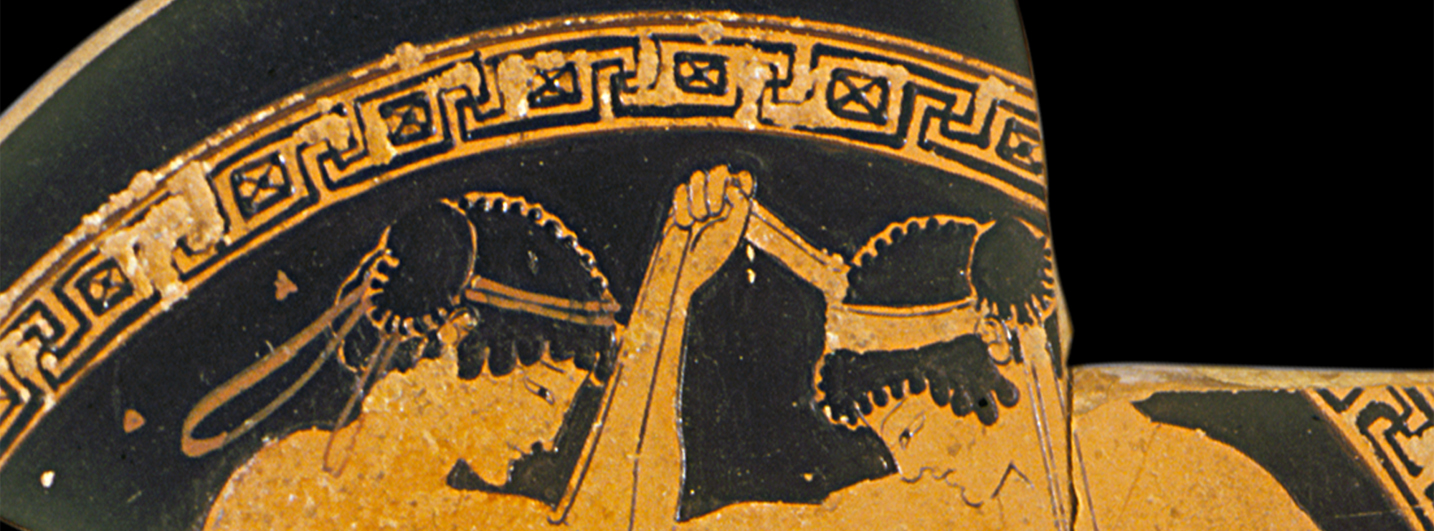
by Alessandra Caravale
Cataloguing an archaeological item calls forth accurate analyses and research in order to determine its correct place in space and time and to envisage its proper conservation and appraisal. The use of computer science for cataloguing purposes has enabled archaeologists not only to take advantage of a rapid and effective research tool, but also to process and analyse relational information that would otherwise be difficult to achieve when using traditional paper cards.
In a large number of countries the first computer applications date back to the early 1960s. These pioneer experiments developed along with important projects of national heritage inventory, which were planned by public institutions in charge of documentation and preservation (e.g., the English Heritage in Great Britain, the Inventaire général in France, and the Istituto Centrale per il Catalogo e la Documentazione in Italy). The introduction of computer tools brought about new issues linked to data processing and language standardisation, i.e. how to describe similar objects homogeneously, in order to allow full information recording and retrieval from databases especially tailored to catalogue archaeological items or monuments.
In Italy a crucial contribution was given by the Istituto Centrale per il Catalogo e la Documentazione (ICCD). Established in 1975 along with the institution of the Ministry of Cultural Heritage, ICCD was directed from its foundation up to 1990 by Oreste Ferrari. An art historian and member of the Accademia dei Lincei, he soon supported the automation of the Italian Catalogue and monitored the difficult transition from typewritten cataloguing cards to electronic documents processable through an IRS approach. Over the years, controlled vocabularies, thesauri, standards for the compilation of cards and specific software, like SAXA and DESC, were promoted.
In the 1970s, the Scuola Normale Superiore in Pisa was deeply involved in the production of glossaries and thesauri for the art-historical sector, in collaboration with the Accademia della Crusca and the John Paul Getty Trust in Los Angeles. The research was also centred on cataloguing procedures, data management and automated processing of sources and documents. It was again an art historian, Paola Barocchi, professor at the Scuola Normale Superiore, who strongly advocated this work and directed the Computer laboratory for cultural heritage research and its Bulletin.
In the 1980s and 1990s, experience and innovation merged, opening new application horizons. The spread of the Internet created new virtual spaces where knowledge on cultural heritage could be shared and explored, while the new focus on geographical data, facilitated by the introduction of GIS, promoted the georeferencing and contextualisation of data. Today, new information systems allow users to implement catalogue data via the web and to have global access to cultural heritage worldwide, through websites, portals and databases (e.g., Claros and Europeana). The Italian ICCD has also adapted to the network, and in 2009 SIGECweb (Sistema Informativo GEnerale del Catalogo) was released. The goal is now to make digital resources a key component of archaeological research methods.
VMAC – 2016